I'm trying to understand how the electricity works in my house. I live in the US. I know that at the transformer, the primary winding induces a current in the secondary winding. The secondary winding is center tapped with a "neutral" line. The neutral line is grounded to the Earth. Here is the diagram:
Here are my questions:
1) When the circuit is closed, are hot 1 and neutral both "hot"? That is, are they both carrying a current of 120V that is alternating back and forth?
2) When the circuit is open, there is no current flowing. So, what are the electrons in hot 1 doing? Are they still oscillating back and forth? In other words, when a conductor is "energized" but no current is flowing through it, how are the electrons behaving?
3) When the circuit is open, the neutral is not "energized" like hot 1. Why not? I know it has to do with it being grounded to the Earth, but I have not found an explanation of what is happenening at the level of the electron. Are the electrons alternating back and forth in and out of the Earth instead of through the neutral wire?
